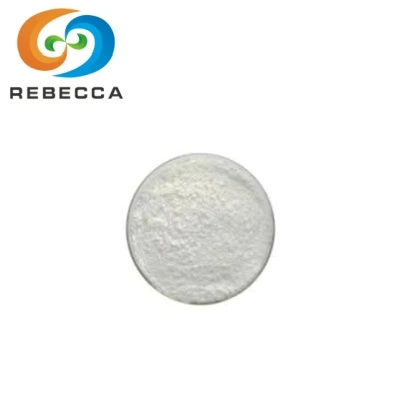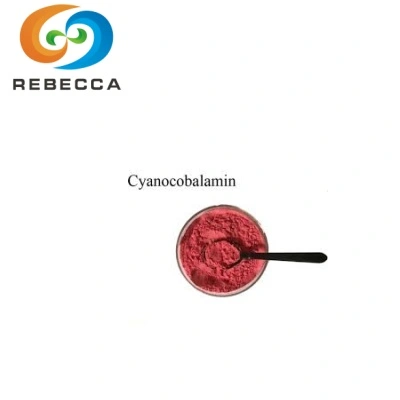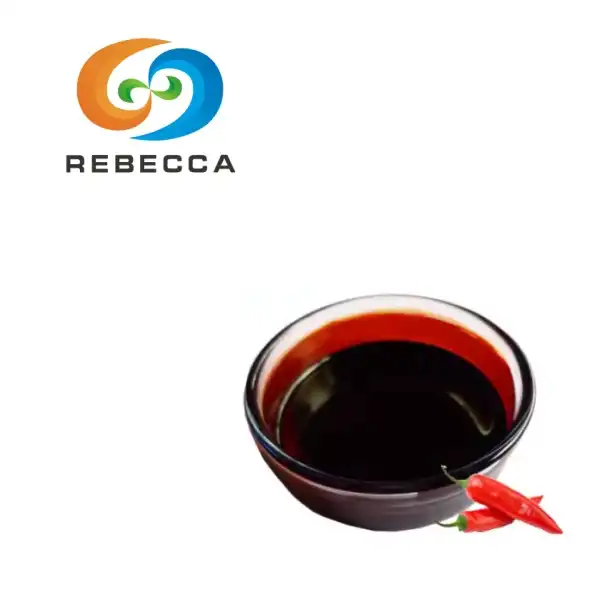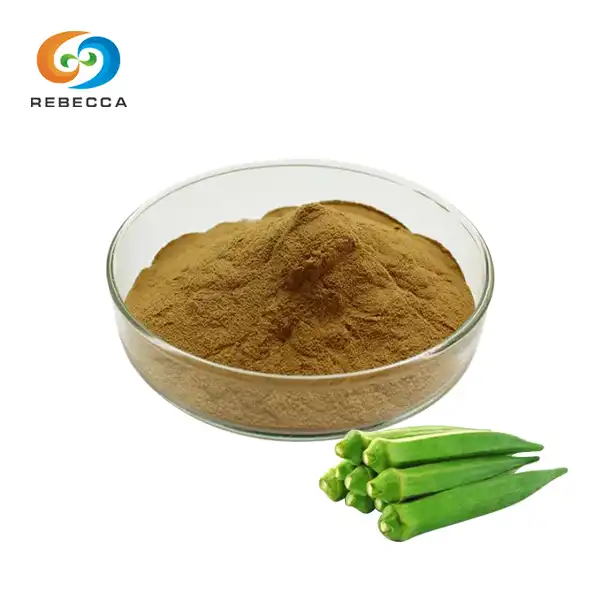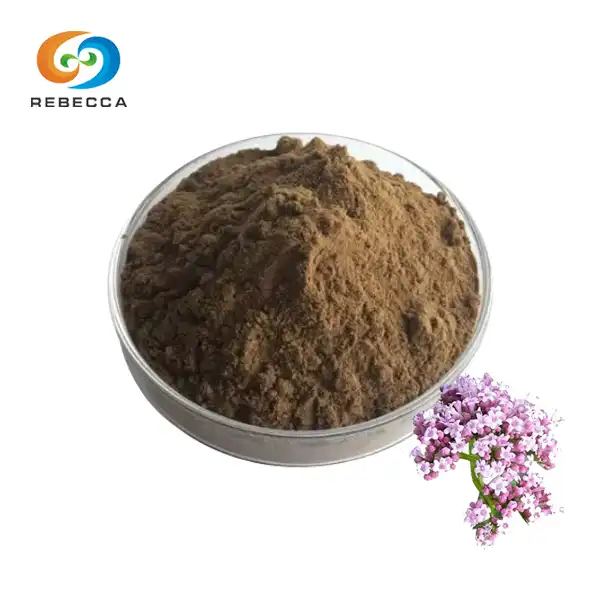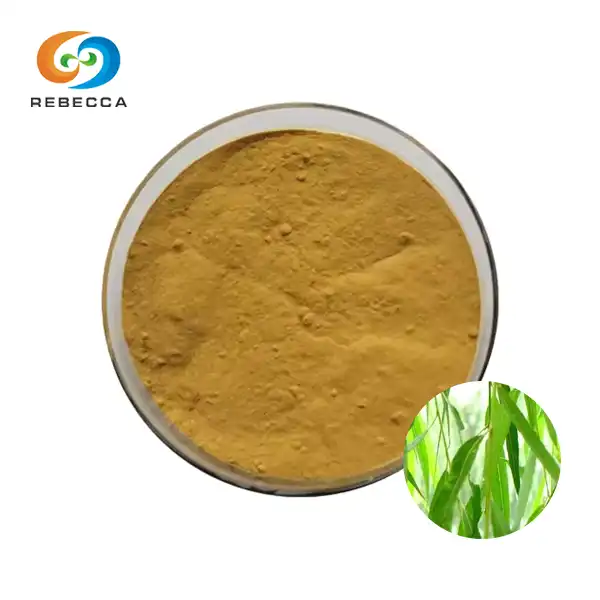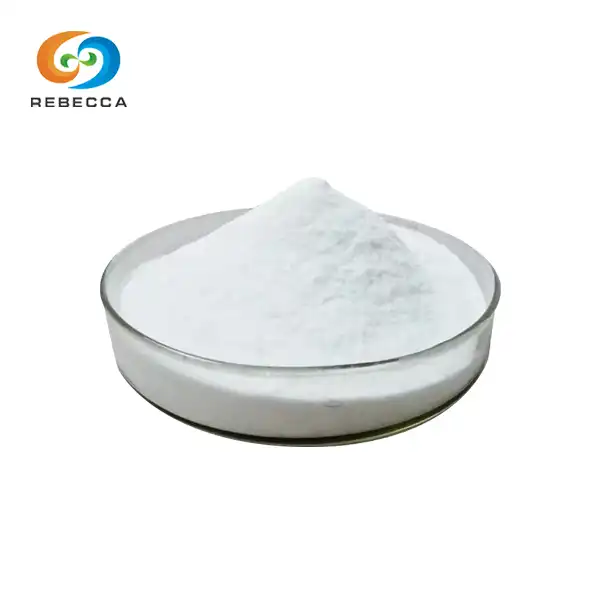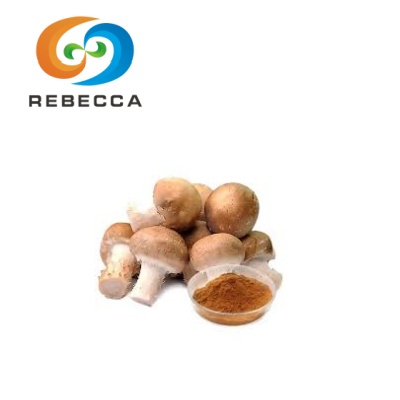How is the specification of echinacea purpurea extract polyphenols 4% determined?
Echinacea purpurea, a well-known herb known for its potential immune-boosting properties, has garnered significant attention in the supplement industry. Polyphenols, which are known for their antioxidant properties and potential wellbeing benefits, are a key component of echinacea purpurea extract. One common specification for echinacea purpurea extract is 4% polyphenols. But how exactly is this specification determined? Rebecca will delve into the process of extracting, standardizing, and quantifying polyphenols in echinacea purpurea root extract to achieve the 4% specification.
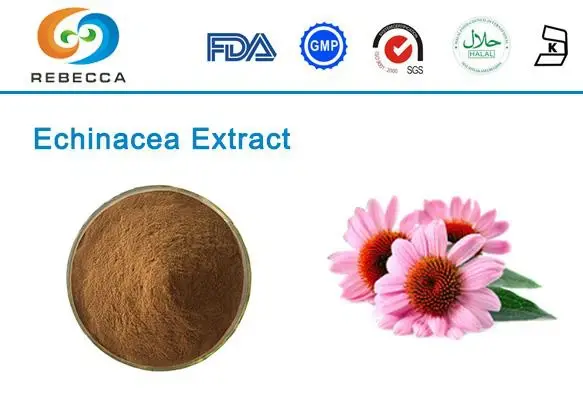
Extraction
The journey of echinacea purpurea extract begins with the extraction process. The roots of the Echinacea purpurea plant are the primary source of the extract, as they contain the highest concentration of bioactive compounds, including polyphenols. The extraction method plays a crucial role in determining the final composition and quality of the extract.
Solvent extraction is one of the most traditional and widely used methods. It involves using a solvent, typically ethanol or a mixture of ethanol and water, to extract the desired compounds from the plant material. The choice of solvent can significantly impact the types and amounts of compounds extracted. For instance, a study by Tsai et al. (2012) found that using 95% ethanol resulted in higher extraction of certain polyphenols compared to using water alone. The extraction solvent used by Rebecca is water/alcohol, and the extraction ratio is 4:1.
After extraction, the resulting liquid extract is typically concentrated and sometimes dried to form a powder. This concentrated or powdered extract then moves on to the next stage: standardization.
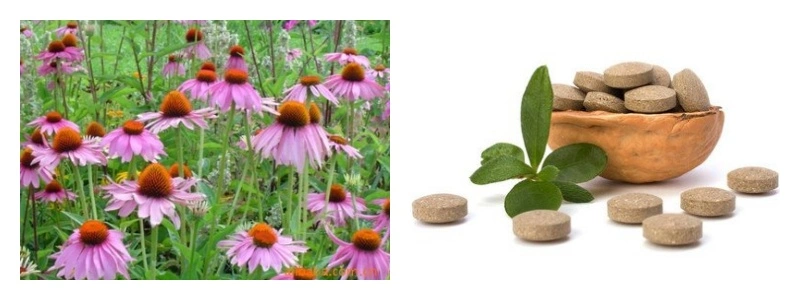
Standardization
Standardization is a crucial step in the production of echinacea Purpurea Extract with a specific polyphenol content. The goal of standardization is to ensure that each batch of the extract contains a consistent amount of the desired compounds, in this case, polyphenols. This consistency is essential for product efficacy, safety, and regulatory compliance.
The standardization process involves several steps and analytical techniques:
1. Initial Analysis: The first step is to analyze the raw extract to determine its initial polyphenol content. This is typically done using spectrophotometric methods or high-performance liquid chromatography (HPLC).
2. Adjustment: Based on the initial analysis, the extract may be adjusted to reach the desired polyphenol concentration. This can be done by blending different batches of extract, adding inert materials to dilute the extract if the polyphenol content is too high, or further concentrating the extract if the polyphenol content is too low.
3. Verification: After adjustment, the extract is analyzed again to confirm that it meets the 4% polyphenol specification.
The choice of analytical method can depend on factors such as the specific polyphenols of interest, the desired level of accuracy, and the available equipment. Many manufacturers use a combination of methods to ensure comprehensive and accurate standardization.

Calculation of Polyphenol Content
Once the analytical data has been collected, the next step is to calculate the total polyphenol content and express it as a percentage of the extract's dry weight. This calculation is crucial for determining whether the extract meets the 4% polyphenol specification.
The calculation process typically involves the following steps:
1. Quantification of Individual Polyphenols: If HPLC or UV methods were used, the quantities of individual polyphenolic compounds are determined based on their peak areas in the chromatogram. These are usually compared to standard curves of known concentrations of reference compounds.
2. Summation of Total Polyphenols: The quantities of all identified polyphenols are summed to give the total polyphenol content.
3. Calculation of Percentage: The total polyphenol content is then expressed as a percentage of the extract's dry weight. This is calculated by dividing the total polyphenol content by the total dry weight of the extract and multiplying by 100.

For example, if 1 gram of dry echinacea purpurea extract contains 40 mg of total polyphenols, the calculation would be:
(40 mg / 1000 mg) x 100 = 4%
This would meet the specification for echinacea purpurea extract polyphenols 4%.
It's important to note that the 4% specification refers to the total polyphenol content, not any specific polyphenol compound. The individual polyphenols present can vary somewhat between batches, as long as the total meets the 4% specification.
The choice of reference standard for the calculation can also impact the final percentage. gallic acid is often used as a reference standard in the Folin-Ciocalteu method, and results are expressed as "gallic acid equivalents" (GAE). However, for Echinacea purpurea, some researchers prefer to use cichoric acid as a reference standard, as it's one of the main polyphenols in the plant.
Accuracy and precision in these calculations are crucial. Manufacturers typically perform multiple analyses on each batch and may use statistical methods to ensure the reliability of their results. Quality control measures, such as regular calibration of instruments and use of certified reference materials, are also important for ensuring accurate determination of polyphenol content.
Echinacea Purpurea Extract Manufacturer
When it comes to producing high-quality echinacea purpurea extract with standardized polyphenol content, the role of the manufacturer is crucial. One such manufacturer making significant strides in this field is Rebecca Bio-Tech.
Rebecca Bio-Tech is a company that has invested heavily in advanced production capabilities for herbal extracts, including echinacea purpurea root extract. They operate three advanced production lines, demonstrating their commitment to meeting the growing demand for high-quality herbal extracts. With an impressive annual capacity exceeding 2,000 tons and a portfolio of over 100 products, Rebecca Bio-Tech has positioned itself as a significant player in the herbal extract industry.
For standardization and quality control, Rebecca Bio-Tech probably utilizes a combination of analytical techniques. This could include spectrophotometric methods for rapid screening, as well as more advanced techniques like HPLC or LC-MS for precise quantification of polyphenols. Their large production capacity suggests that they have robust quality control processes in place to ensure consistent polyphenol content across large batches of extract.
It's worth noting that producing a standardized herbal extract like echinacea purpurea extract polyphenols 4% requires not just technical expertise, but also a deep understanding of the plant material itself. Factors such as the growing conditions of the Echinacea purpurea plants, the time of harvest, and the parts of the plant used can all affect the polyphenol content of the final extract. A manufacturer like Rebecca Bio-Tech likely has systems in place to control for these variables and ensure a consistent supply of high-quality raw materials.
For those interested in learning more about Rebecca Bio-Tech's echinacea purpurea extract production or their quality control measures, the company can be contacted directly at information@sxrebecca.com.
References
1. Tsai, Y. L., Chiou, S. Y., Chan, K. C., Sung, J. M., & Lin, S. D. (2012). Caffeic acid derivatives, total phenols, antioxidant and antimutagenic activities of Echinacea purpurea flower extracts. LWT-Food Science and Technology, 46(1), 169-176.
2. Catchpole, O. J., Perry, N. B., da Silva, B. M., Grey, J. B., & Smallfield, B. M. (2002). Supercritical extraction of herbs I: Saw Palmetto, St John's Wort, Kava Root, and Echinacea. The Journal of Supercritical Fluids, 22(2), 129-138.
3. Getoff, N., Ritter, S., Schwörer, F., & Bayer, P. (2004). Potential of extracting pharmacologically active substances from Echinacea species by high pressure liquid extraction. Radiation Physics and Chemistry, 71(1-2), 285-288.
4. Mølgaard, P., Johnsen, S., Christensen, P., & Cornett, C. (2003). HPLC method validated for the simultaneous analysis of cichoric acid and alkamides in Echinacea purpurea plants and products. Journal of Agricultural and Food Chemistry, 51(24), 6922-6933.
